
Essential PPE in the Food Industry: What You Need to Know
Overwhelmed by PPE options for food safety? Master your PPE selection for food workers safety with these practical tips.

Get 20€ off on your first order!
Looking for the best earplugs to protect your hearing? Understanding Noise Reduction Ratings (NRR) is key to selecting the right earplugs for your environment, whether it’s a concert, a busy office, or a noisy construction site.
In this article, we’ll explain what NRR is, how to calculate effective noise reduction, and how to choose the best earplugs for your needs. With our expertise, you’ll have all the information needed to make an informed decision. Plus, we’ll help you with the next step: maintaining your earplugs for long-lasting protection.
For a comprehensive overview of earplug selection, refer to How To Choose The Right Earplugs – A Buyer’s Guide.
The Noise Reduction Rating (NRR) is a standardized measure used to indicate how effectively a hearing protection device, such as earplugs, reduces noise exposure.
It is comparable to the Single Number Rating (SNR) used in Europe, which offers a similar indication of noise reduction capability.
Expressed in decibels (dB), the NRR reflects the maximum level of noise reduction that can be achieved under ideal conditions.For example, an NRR of 30 means the earplugs can reduce noise by up to 30 dB.
NRR values are determined through laboratory testing under controlled conditions. While these numbers provide a baseline, actual noise reduction in real-world settings may differ due to factors like improper insertion techniques, worn-out materials, or other user errors.
Understanding NRR is crucial for protecting your hearing and ensuring you comply with workplace regulations. Exposure to high noise levels can affect hearing, but selecting earplugs with the right NRR supports hearing protection and comfort. For instance:
While the NRR provides a helpful starting point, real-world noise reduction is typically less than the stated rating. To estimate the effective noise reduction, use the following formula recommended by safety professionals:
For example, if your earplugs have an NRR of 30, the effective reduction would be approximately 11.5 dB ([(30 – 7) / 2]). This adjustment accounts for less-than-perfect conditions and variability in use.

Different environments require specific levels of hearing protection. The following table provides a quick reference for noise levels and recommended NRR values:
For more guidance on earplug selection, explore our range of earplugs.
Explore a variety of hearing protection options in our Hearing Protectors category.
To ensure optimal performance, consider these factors:
In Europe, hearing protection devices must comply with EN 352 standards, ensuring they meet minimum safety requirements. Employers can support workplace safety by offering hearing protection for noise levels above 80 dB(A), helping meet health standards.
For detailed standards, refer to official European guidelines or your local occupational safety authority. Learn more about EN Standards from this guide in Wikipedia.
Proper maintenance prolongs the life of your earplugs and ensures continued protection. Use this checklist to maintain optimal performance:
Learn more in our sibling article, Guide to Disposable Earplugs.
Expand your knowledge with these resources:
We hope this guide has provided you with valuable insights into selecting the right earplugs based on Noise Reduction Ratings (NRR), from understanding NRR to choosing the best option for your environment. Whether you’re working in a high-noise industrial setting or attending a loud event, we’re here to help you make the right choice for hearing protection.
Explore our full range of earplugs and hearing protection solutions at Droppe, featuring trusted brands to meet your specific needs.
Have questions or need advice on selecting the perfect earplugs? Don’t hesitate to reach out—we’re always here to ensure you make the best choice for your hearing protection.
– The Droppe Team
NRR stands for Noise Reduction Rating, a measure of how much noise earplugs can reduce, expressed in decibels (dB).
Proper fit is crucial for effectiveness. Follow the manufacturer’s instructions to ensure a snug, secure seal in your ear canal.
Yes, but the NRR rating should match the noise level of your environment. Higher NRR is needed for louder environments.
Disposable earplugs should be replaced after each use. Reusable earplugs should be cleaned regularly and replaced if damaged.
No, earplugs reduce noise but don’t eliminate it entirely. The NRR indicates the maximum reduction possible.
Thank you! You've signed up for our newsletter.




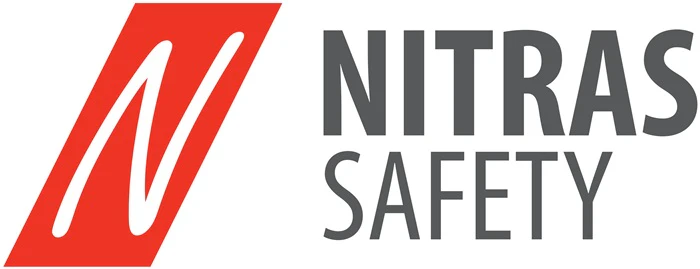





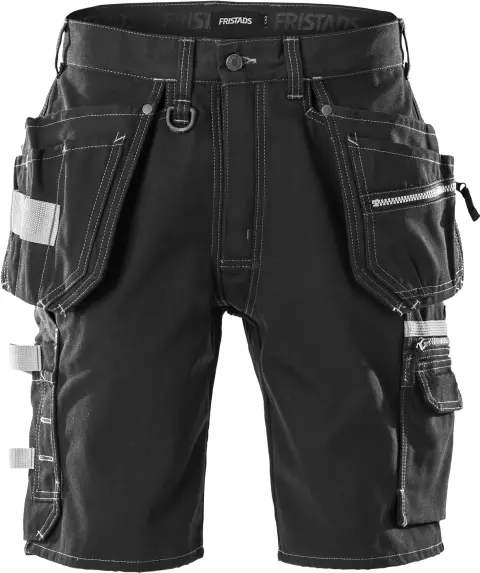
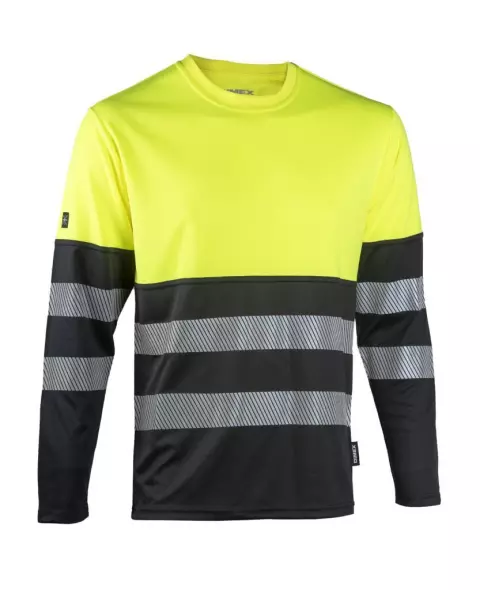
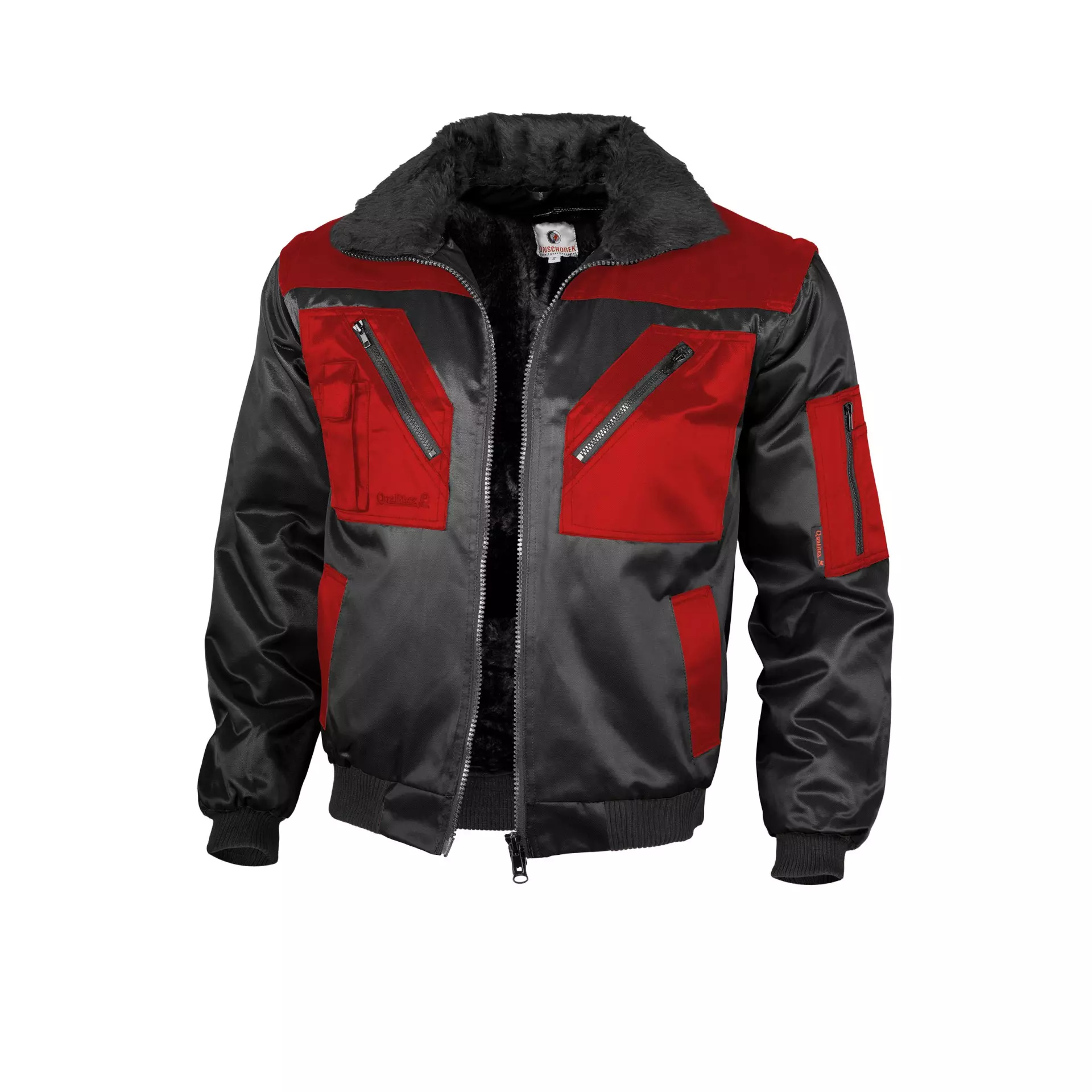
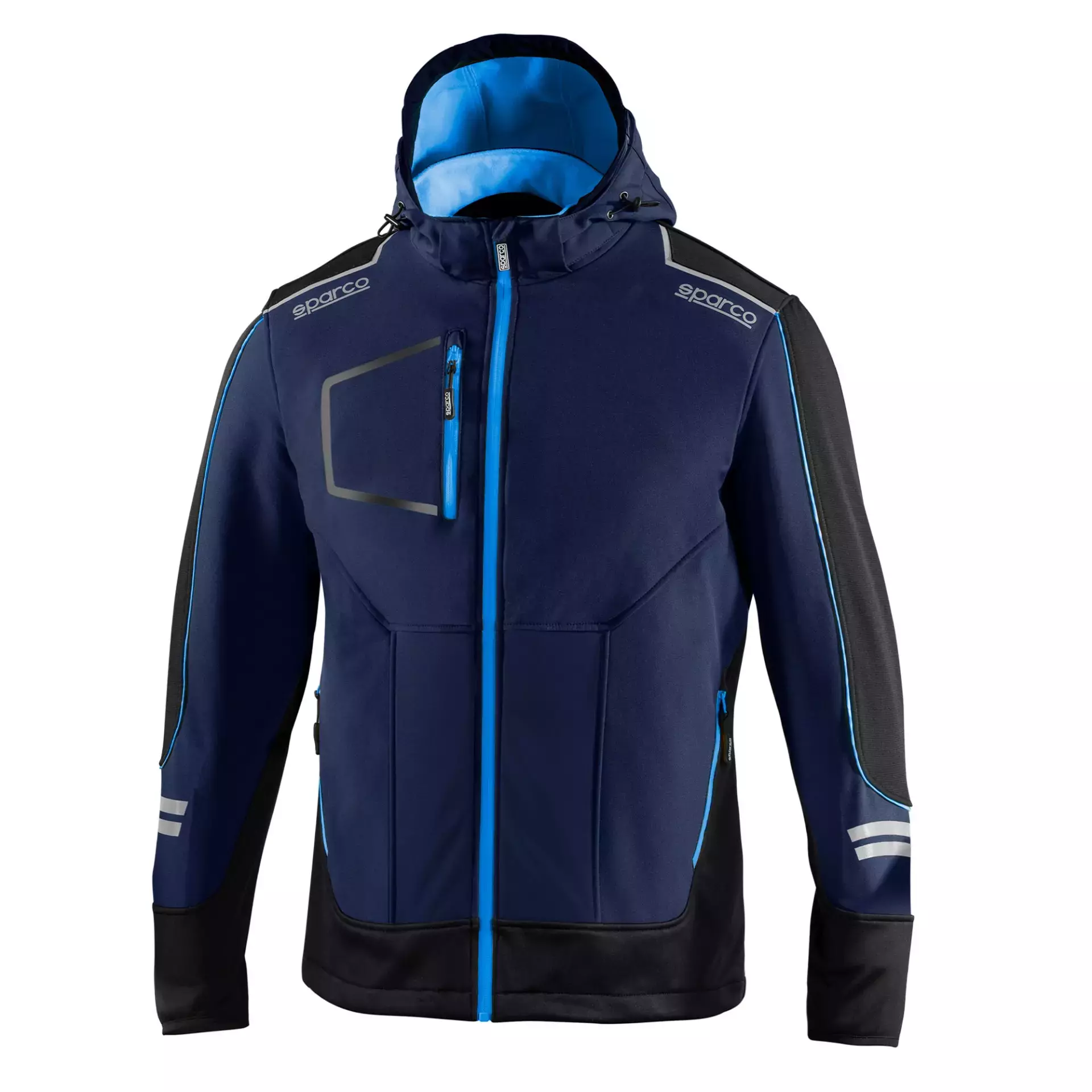





Overwhelmed by PPE options for food safety? Master your PPE selection for food workers safety with these practical tips.

Struggling to maintain clear vision in demanding environments? This guide is here to help. By the end, you’ll know exactly...

Electricians across Europe face unique challenges that require reliable safety glasses to ensure both protection and efficiency. Whether safeguarding against...

Overwhelmed by PPE options for food safety? Master your PPE selection for food workers safety with these practical tips.

Struggling to maintain clear vision in demanding environments? This guide is here to help. By the end, you’ll know exactly...

Electricians across Europe face unique challenges that require reliable safety glasses to ensure both protection and efficiency. Whether safeguarding against...
Get 20€ off on your first order!
Save 30% by buying directly from brands, and get an extra 10€ off orders over €100
Save 30% by buying directly form brands, and get an extra 10€ off orders over €100